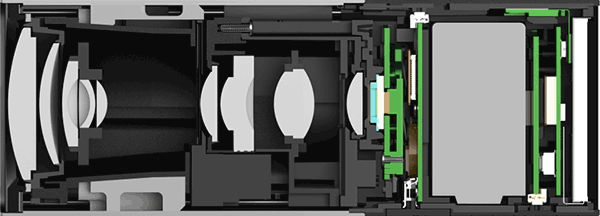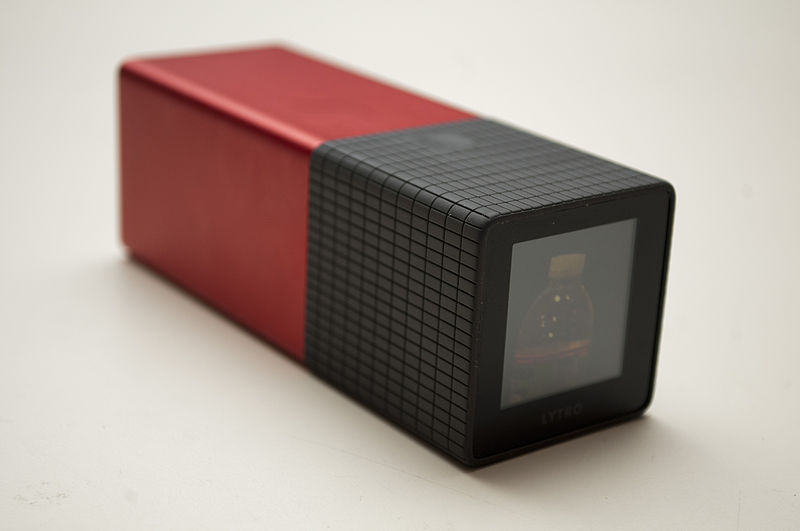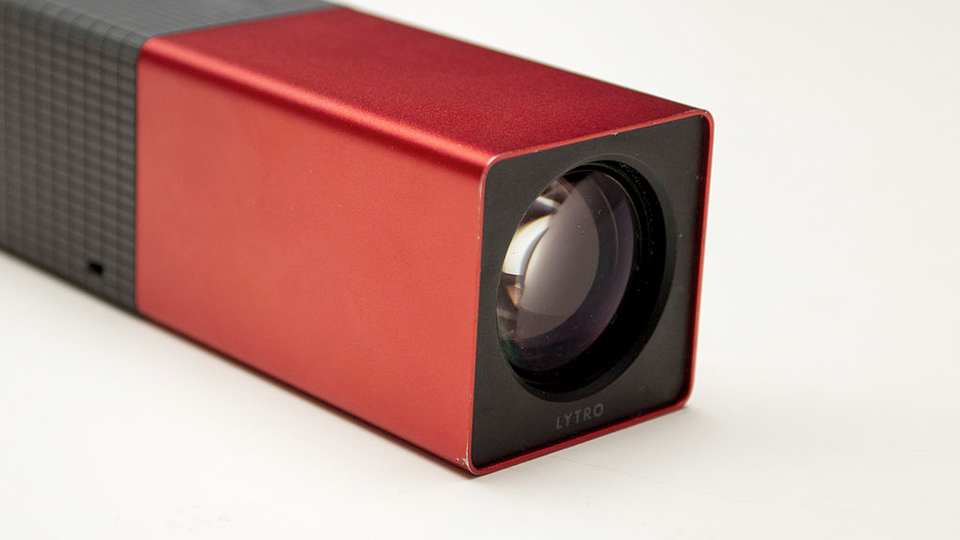Getting the Right Focus
First experience with a light field camera
Everyone who takes photos knows the difficulty: deciding about the perfect focus for an image and getting it just right before pulling the trigger of the camera.
Last week, I went to a photo store to have a medium format film processed. I spotted a poster of the new Lytro camera which promised to ultimately solve that focus problem.
Founded in 2006, the company Lytro Inc. developed a light field camera, which records the entire light field of an image instead of a 2D image. The first model was introduced in the USA in the summer of 2012. The light field measurement is made possible by a grid of multiple microlenses in front of the image sensor. Thus, with a software, subsequent editing is possible: you can refocus, change perspective, and add filters to the image.

Inspired by the poster, I looked for a salesperson to consult me personally. When I held the camera in my hand, the first thing that caught my eyes was the design. It’s very handy, lightweight, and available in many bright colors. The design is a bit unusual for a camera, but the body looks very beautiful nonetheless. At the rear of the camera, there is a very pixelated display that makes interacting with the small screen a delicate matter of precision. The cubical camera has only 2 buttons and 1 slider: the shutter button & slider for zooming sit at the top and the power button at the bottom.
At first, I was puzzled about how to hold the body correctly because of the unusual design. Holding it like a telescope seems to work best. First up, I tried out the zoom. The handling of the buttons is very easy, but finding a good image detail with the display, which has a really bad resolution, is troublesome. Moreover, it’s very small with a size of 1.5”. After a few shots, I noticed I needed to arrange the objects in the image. That is, the object must have a minimum distance to the background to get a good depth of focus to play with.

In addition to the optical 8x zoom the lens has an aperture of 2.0 throughout and a focal length of 43-340mm. This is important for shooting high-quality photos in in darker settings. Even when you have to zoom, no luminosity gets lost.
Videos are not possible with the first version of the camera, but are planned for the next one. The camera has a non-expandable memory of 16GB, so 700 shots are possible. The exported photos have a resolution of 540x540px and a size of about 120MB.
For me, the camera is just a simple and nifty gadget with easy focus control. The technology is definitely still expandable. I am very disappointed with the image quality, the display, and especially the price: in the U.S, you can get the camera for 399$, whereas the price starts at 480€ here in Germany. I think I’ll rather spend that money on a new lens for my actual camera Canon 60D.
If you’re still curious, go try out a living picture yourself.


